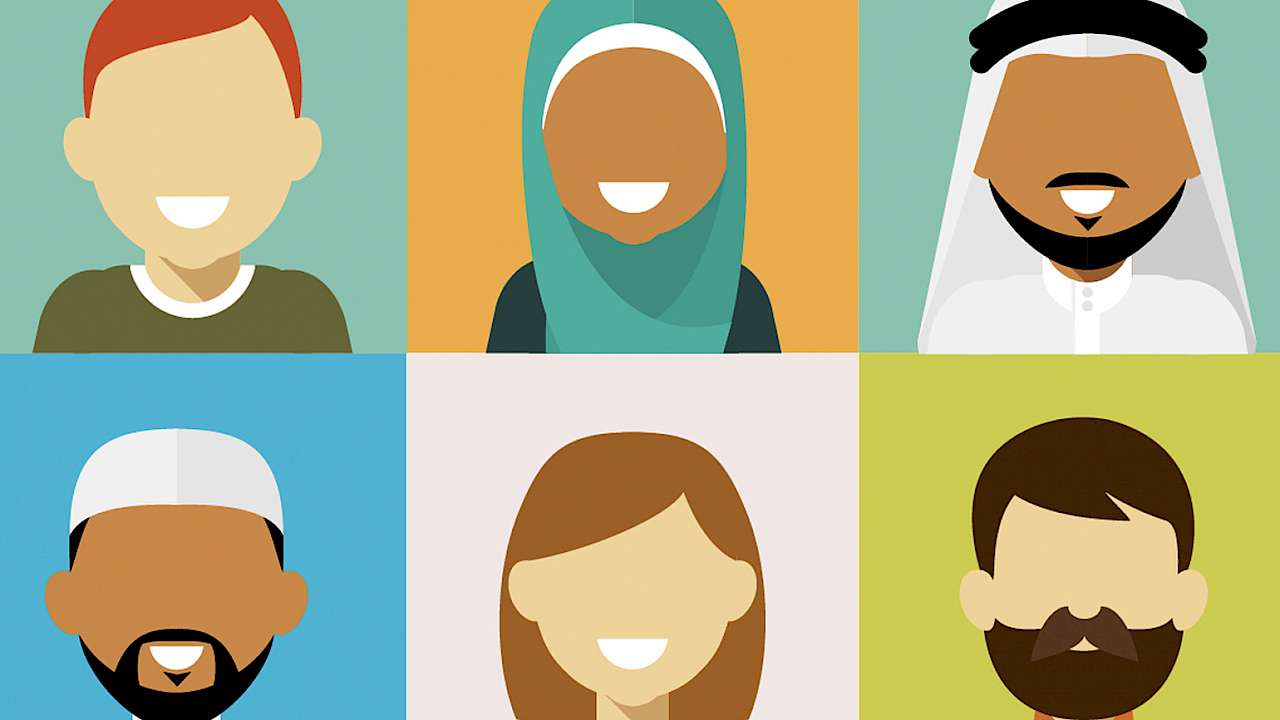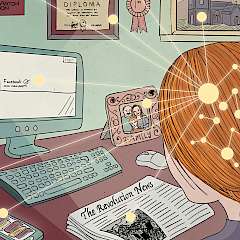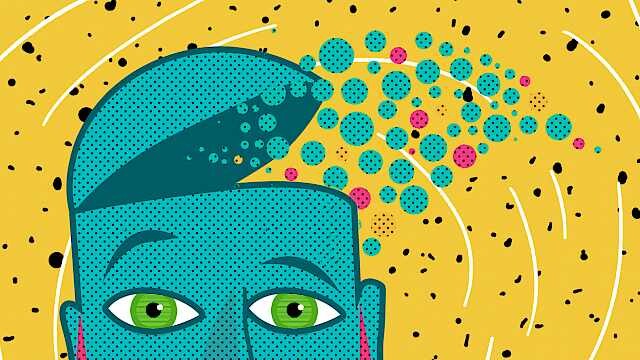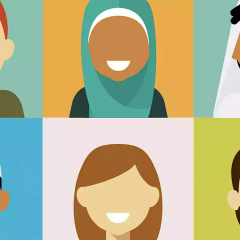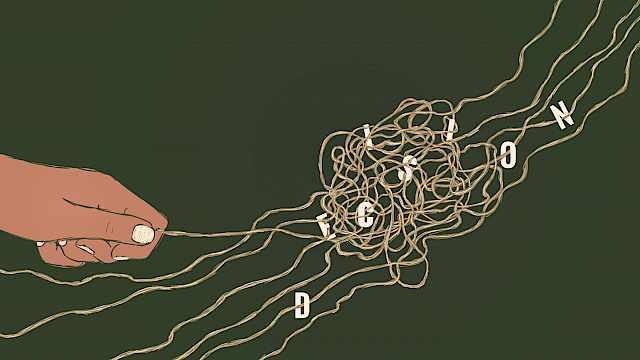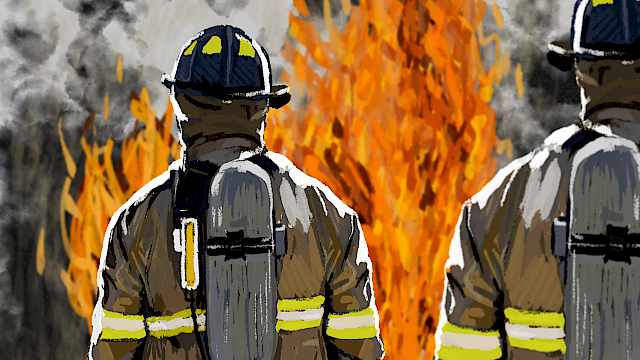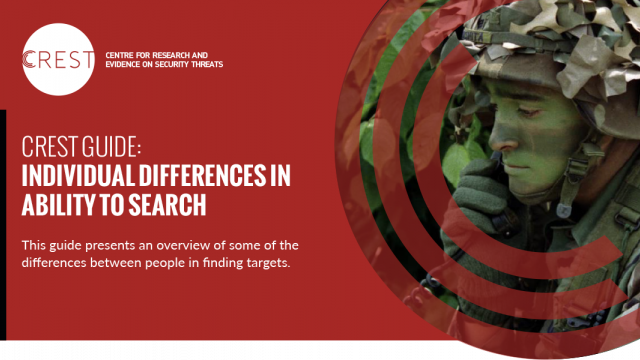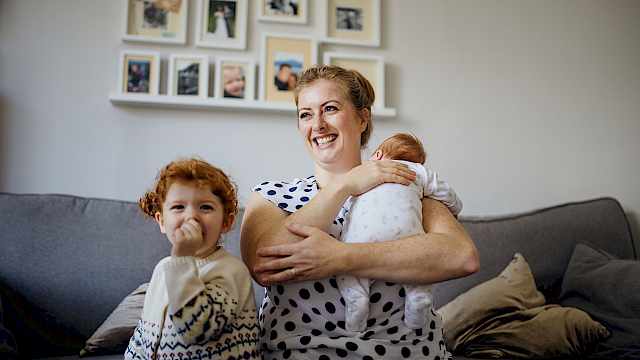The ability to recognise faces is second nature to most of us, and we rely on it daily. We’re also good at spotting people we know well in crowds, in the arrivals lounge in an airport or across the room of the local pub. But searching for faces is also a fundamental task in various security-critical domains such as surveillance of suspects, and searching for unfamiliar faces is very difficult.
Our research looks at the challenges and the individual characteristics that can have an influence on our ability to spot faces. We also address what the limitations are in training to improve that skill.
Not all people are equal when it comes to recognising faces
While we might assume that people are generally good at searching for more than one unfamiliar face at a time, the reality is quite different. When someone is asked to spot two unfamiliar faces at the same time, one is prioritised and the likelihood of spotting the second face is much reduced and could be no greater than chance.
The limitations of working memory
The difficulty in searching for more than one unfamiliar face is due to limitations in working memory. Working memory is the mental process that stores information whilst we work on a task – it’s similar to RAM in a computer. Think about how your computer slows down when running a virus scan and playing a computer game, or why it is difficult to talk on the phone and drive at the same time. In the case of spotting unfamiliar faces, we can only fit one face into our working memory at a time.
Faces that don’t fit
There are other restrictions to searching for faces. People find it more difficult to discriminate between faces of people from different racial backgrounds to them. This is known as the own-race bias or the other-race effect. There is evidence that this is due to how people process faces differently. For other-race faces, people process them analytically (by parts) whereas people process own-race faces holistically (all together).
There is a similar effect to people from different age-groups. Evidence suggests that people also have own-age biases, where they find it more difficult to discriminate between faces of people in different age-groups to themselves.
From face-blindness to super-recognisers
Not all people are equal when it comes to recognising faces. Performance ranges from clinical impairment (face blindness – a condition called prosopagnosia) to exceptionally good ability – a group of people called ‘super-recognisers’. Super-recognisers aren’t just good at remembering faces, they also have superior performance at searching for unfamiliar faces.
It isn’t clear from the evidence whether the skills of super-recognisers are innate or learnt. But there is some evidence that training can help performance. At the most limited level, showing multiple examples of an unfamiliar face to someone can increase their chances of spotting it. Another technique is that used by forensic face examiners, who use a more detailed examination strategy than most people. This controlled strategy can be taught to non-professionals to improve their performance too.
How to train people to spot faces
People can improve their ability to search for faces, with training and practice. But there are inherent limits to how good people can get, and once they have reached that level further training and experience has little effect. Some people are better at it than others, and training will not help an average face spotter become an excellent face spotter.
As with other training, the skills to spot faces can also fade over time if not used, in which case re-training is necessary. Good training includes a variety of easy, moderate and hard examples all mixed up. The better the range, the easier it is for people to apply what they learn to new examples. The examples should also be adapted to the skill of the trainee – increasing the difficulty as the level of skill improves. The training should also involve practising all parts of the task, as coordination of different search strategies is a skill in itself, alongside the skill of mastering each individual strategy.
Copyright Information
As part of CREST’s commitment to open access research, this text is available under a Creative Commons BY-NC-SA 4.0 licence. Please refer to our Copyright page for full details.
